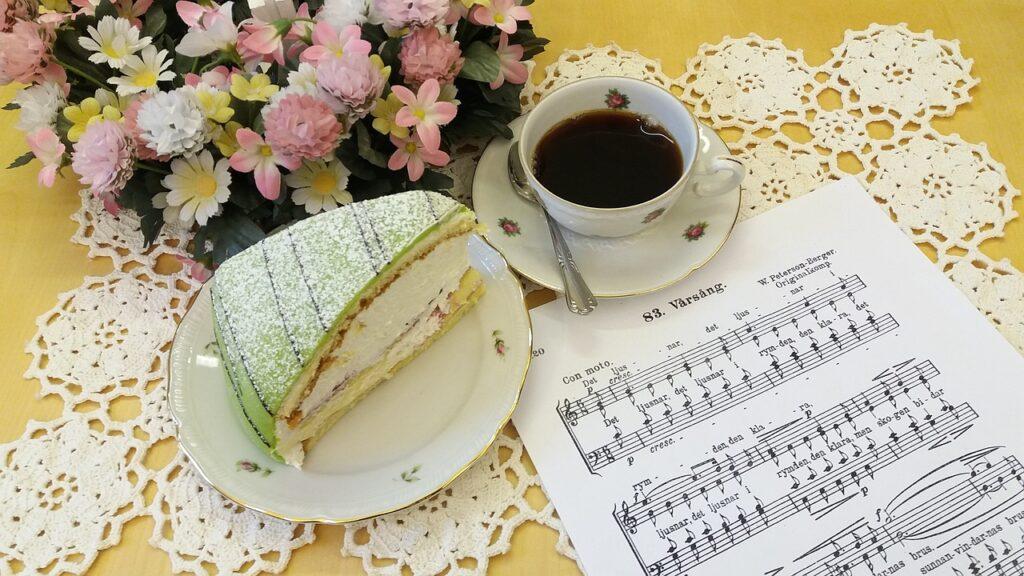Special Needs
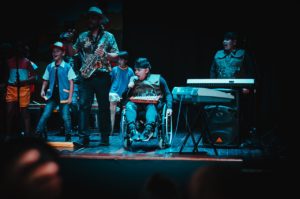
Looking for information on special needs music lessons? The Successful Music Student blog archive contains posts about teaching special needs music.
Special Needs
Catchall Term
The name special needs functions as a catchall term. The name says it all. Special needs students have special needs above and beyond the typical learner student. This can include students with:
They are all Different
Beyond the common factor that all these students have special requirements, they all relate to the world around them in diverse ways. They sometimes:
- learn differently
- socialize differently
- act differently
- move differently
- converse differently
- need adapted gear or learning supplies
This means that students need to be met where they are at, and the teaching process needs to be tailored to them.
This does not mean that they will all learn, socialize, act, move, or converse in the same ways. Two students with special needs can be vastly different from each other. Even two students with the same diagnosis can be extremely different from each other.
OR two students may have similar traits, even with different diagnoses. It really depends on the student what you get.
Some students will socialize fine, but have problems with reading, math, or writing. Other students have no problems learning in school, but will find socializing difficult.
Still others will be fine with learning and socializing. Nevertheless, they will need a wheelchair or have issues with muscle strength or coordination. Some students may have problems saying words clearly or need a talker. However, they have no problems with any of the issues mentioned earlier. Finally, some students may have aspects of many or all of these issues blended together.
This makes teaching a challenge. Yet, it is a challenge worth taking up. Also, with multisensory teaching methods, you can win the challenge, and the student can learn.
© 2021 Geoffrey Keith
Back to the Successful Music Student Blogs page
How do I switch from minor key shaped notes to standard notation?” Sight singing minor keys in standard notation can be challenging. Because it can be difficult to figure out if you’re in a major key or the relative minor. Read more to learn how to transition from shaped notes to standard notation for minor keys. Estimated reading time 3 minutes.
“How do I finally get my students to be able to read music without color coding?” In today’s post, we’ll look at the last stage of graduating from the colors: flashcards. Keeping reading to learn how to graduate from color coded music symbols. Estimated reading time 3 minutes.
Do you want your autistic child to play piano? Or are you an adult with autism who’s wondering if piano would be a good fit? Playing piano brings a lot of benefits beyond just the fun of playing music. Read more to find out the answer to the question, “Is playing the piano a suitable activity for autistic people?” Estimated reading time 2 minutes.
Would you like to introduce your kid to piano? (Or are you a music teacher who has a student with learning difficulties?) Multisensory teaching methods will help! Click to learn about playing piano with color coded left hand notes and rhythm. Estimated reading time 2 minutes.
Do you want to sing Eastern European folk melodies and mediaeval chants? Are you puzzled about how the aeolian mode works? Modes have been a feature of music from ancient times to today. Singing Shape Note Solfege Aeolian Melodies lets you explore the exotic sound of the aeolian mode. Estimated reading time 2 minutes.
Can’t read piano music? (Or does your child have difficulty reading music?) Color coded notes and rhythms can help! Click to learn about playing the piano with color coded rhythm, fingering, and notes. Estimated reading time 3 minutes.
“Can I become a music teacher if I have special needs?” Having special needs doesn’t automatically bar you from teaching. In fact, if you want to teach special needs students, you have an edge as a teacher. Click to find out how you can become a special needs music teacher. Estimated reading time 3 minutes.
“How do I switch from singing shaped notes to standard notation?” Because they’re easy to read, shape notes will always be a good choice for struggling readers, and it makes a great introduction to solfege too. However, the limited shape note repertoire means that shape note singers may want to learn to read standard notation as well. Click to learn how to transition from shaped notes to standard notation. Estimated reading time 3 minutes.
Are you a parent or a music teacher of an ADHD student who struggles with reading music? Though many people with ADHD have a hard time reading music, multisensory teaching methods can help! Click to answer the question, “Do people with ADHD have difficulty playing from sheet music?” Estimated reading time 2 minutes.
Why is it important to sing the dynamics for a piece of music? Dynamics play an important role in notated music, helping bring interest and variety to your songs. If you want help understanding how dynamic signs work, click to answer the question: “Why is it important to define the dynamics to sing a piece of music?” Estimated reading time 3 minutes.



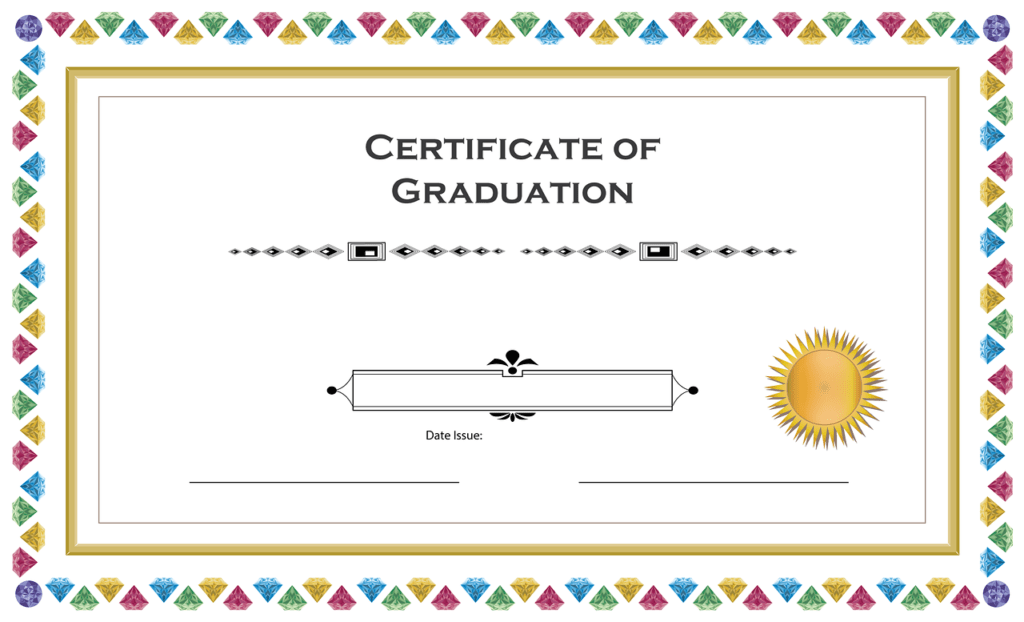




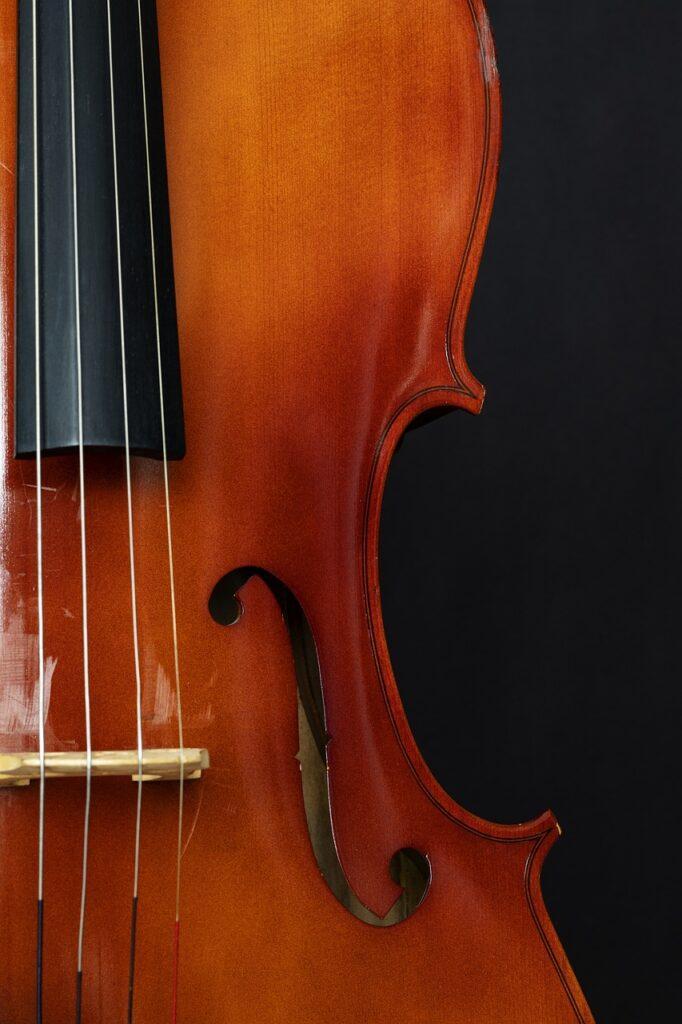
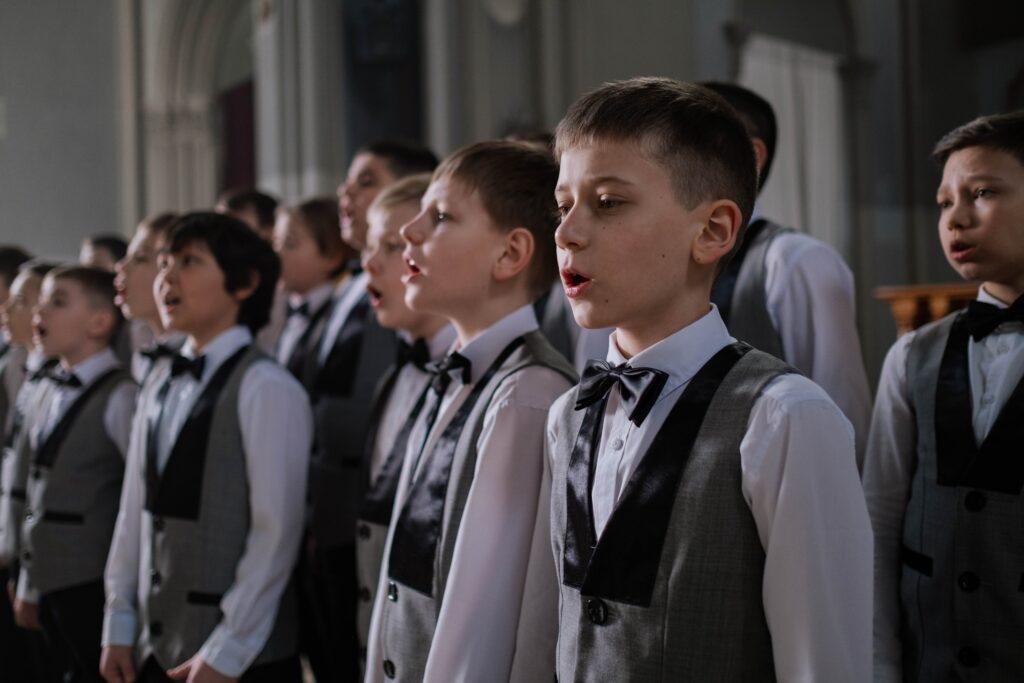
![Do People with ADHD Have Difficulty Playing from Sheet Music - Girl with Violin - Prodigy Meaning: Examples of Special Talent in Music [Video] - 50 Essential Music Symbols Explained in Less Than 5 Minutes](https://successmusicstudio.com/wp-content/uploads/2023/05/Do-People-with-ADHD-Have-Difficulty-Playing-from-Sheet-Music-Girl-with-Violin-682x1024.jpg)
